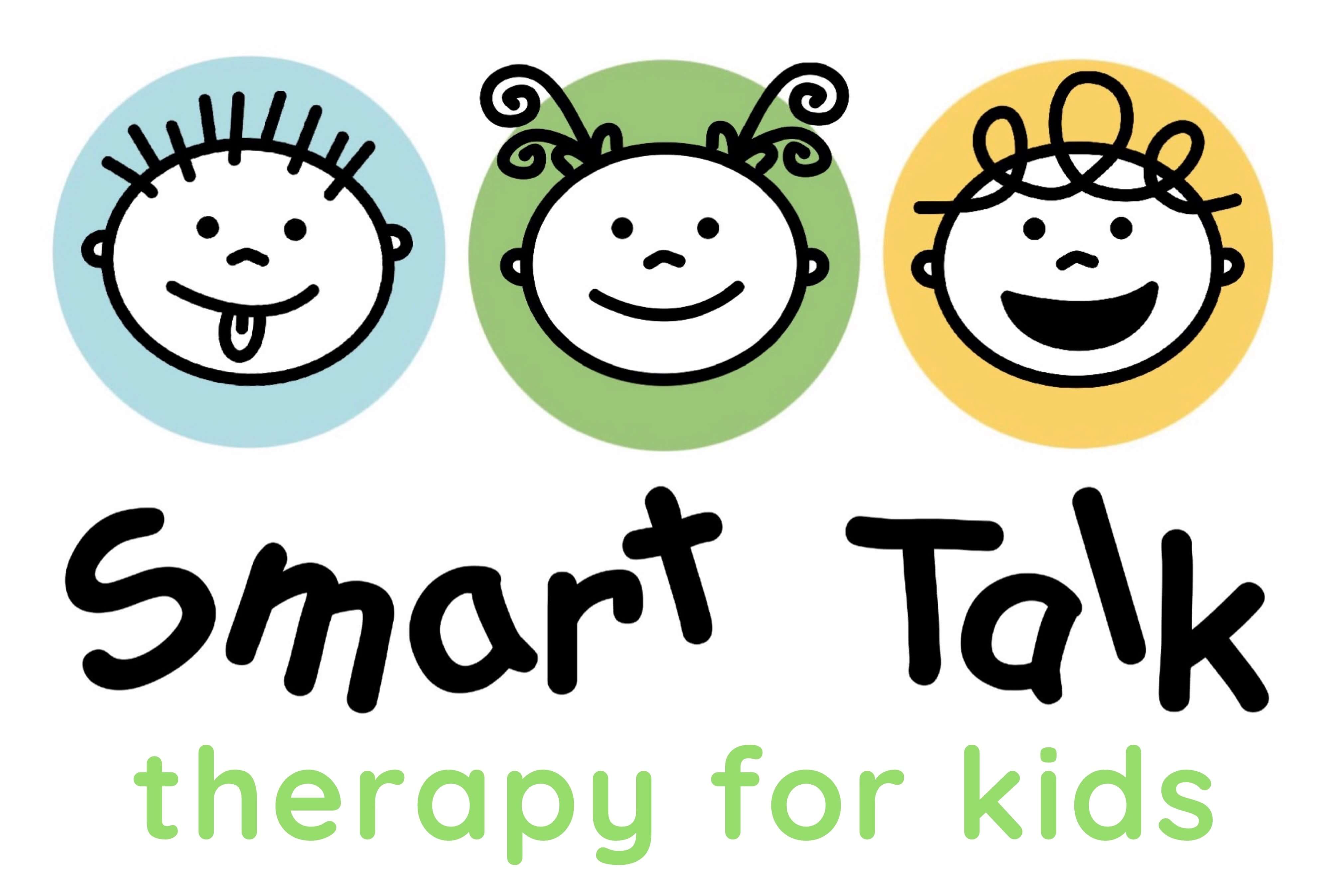Speech
Phonology and articulation refer to the sounds we use during speech (consonants and vowels). Phonological difficulties occur when children have stored incorrect internal representations of the sounds e.g. they have stored the /k/ sound as the /t/ sound. Articulation difficulties refer to challenges producing specific sounds e.g. lisps. Difficulties saying certain sounds will have an impact on how easy it is for other to understand a child. This is called intelligibility.
As children develop language, there is a natural progression in the speech sounds that they develop and begin to use. Not all speech sounds are developed at the same time.
Below is a table explaining the order of typical speech sound development.
| Age by which 75% of children produce sound correctly | Speech Sounds |
| 3 years of age | h as in he zh as in measure y as in yes w as in we ng as in sing m as in mum n as in not p as in up t as in toe b as in be d as in do k as in cat g as in go |
| 3 years 6 months | f as in fall |
| 4 years of age | l as in lay sh as in she ch as in chew s as in so |
| 4 years 6 months | j as in jaw z as in is |
| 5 years | r as in red |
| From 5 years | v as in vacuum th as in this th as in thing |
Adapted from Caroline Bowen. http://www.speech-language-therapy.com
As children begin to develop and use sounds in everyday speech, you may notice some unusual patterns occurring around sounds they cannot say. Children may replace these later developing sounds with sounds they can say or leave them off words all together. These patterns are called phonological processes. These are considered age appropriate as long as the child is not at an age where they should be using the correct sound.

